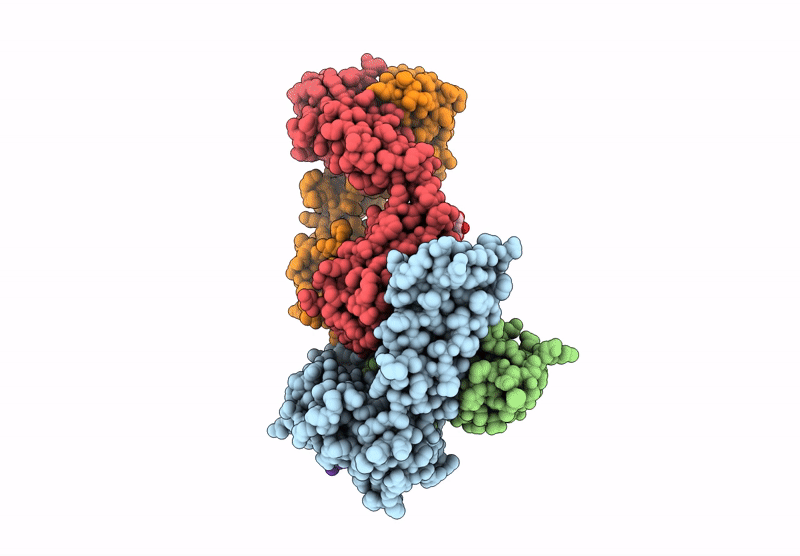
Deposition Date
2023-08-06
Release Date
2025-02-05
Last Version Date
2025-10-08
Entry Detail
PDB ID:
8TQ5
Keywords:
Title:
Crystal structure of Fab DX17 in complex with MHC-I (HLA-B*44:05)
Biological Source:
Source Organism:
Homo sapiens (Taxon ID: 9606)
Mus musculus (Taxon ID: 10090)
Mus musculus (Taxon ID: 10090)
Host Organism:
Method Details:
Experimental Method:
Resolution:
2.30 Å
R-Value Free:
0.23
R-Value Work:
0.19
R-Value Observed:
0.19
Space Group:
P 21 21 21


